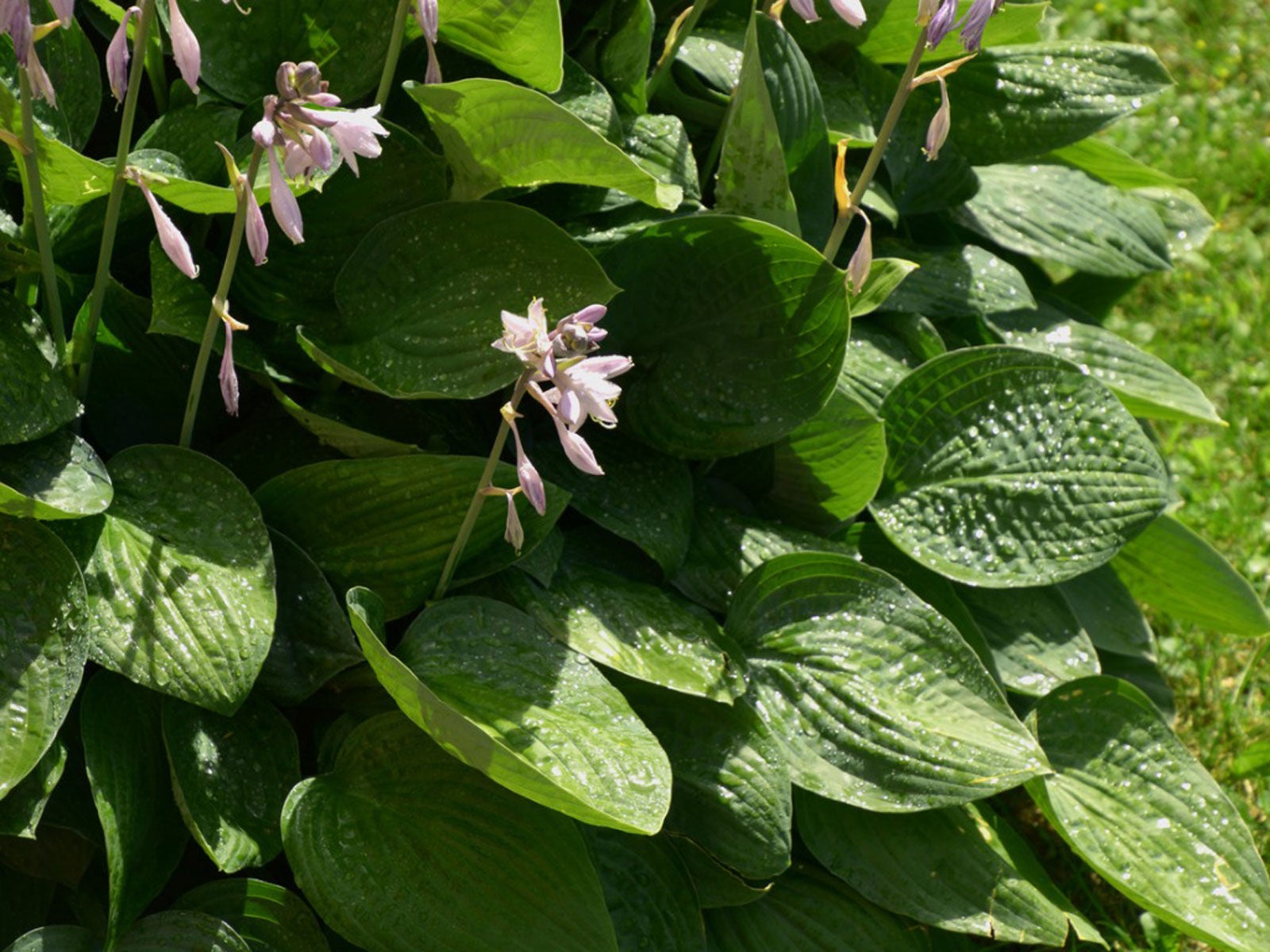Shade Plant Light Requirements: Maximum Hours Of Sun For Shade Plants


Matching a plant's light requirements to shady areas of the garden may seem like a straightforward task. Yet, rarely do shaded areas of the garden fall neatly into the definitions for partial sun, partial shade, and full shade. Trees and buildings cast shadows which move throughout the day, making it difficult to determine the actual number of hours of sunlight for shade plants.
Determining Shade Plant Light Requirements
In addition to shadows moving over the landscape each day, the amount and intensity of light a given area receives changes throughout the seasons. Over time, flower beds can also become shadier as trees grow or sunnier when trees are trimmed or are removed.
Growing shade plants in the sun can result in scorched leaves and poor growth. If not corrected, this can lead to loss of the plant. If you're seeing these signs, it might be time to move or provide more shade to the plant. Here are a few methods gardeners can use to measure the amount of light a given area of the garden receives:
- Light meter – For the price of dinner for two in a modest restaurant, gardeners can purchase a light meter to read the amount of sunlight an area receives in a 24-hour period.
- Observation – For virtually no money, gardeners can dedicate a day to monitor the light in the garden. Simply draw out a grid of the garden and each hour record whether each area is sunny or shady.
- Phone app – Yes, there's an app for that. Simply download one of the light meter apps for your phone and follow the online instructions.
How Much Sun Can Shade Plants Tolerate?
Once you've determined how much sunlight the garden receives, it's time to match the light requirements of desired plants to individual flowerbeds. To do that, let's define the following terms:
- Full sun is considered six or more hours of direct sunlight per day. It doesn't need to be six continuous hours, but the light needs to be direct, full sun.
- Partial sun refers to four to six hours of direct sunlight per day.
- Partial shade plants only require two to four hours of sunlight per day, but these hours should not be midday when the sunlight is at peak intensity.
- Shade is for plants requiring less than two hours of sunlight per day. This can include filtered or dappled light coming through tree canopies throughout the day.
While these definitions provide guidelines for placing plants in the flower garden, they don't necessarily include the intensity of sunlight. When matching sunlight requirements to specific areas of the flowerbed, also consider the time of day when direct sunlight reaches those spots.
Many plants designated for partial sun conditions can tolerate more than six hours of morning or evening sun but show signs of sunburn when exposed to the same amount of midday sun. Latitude can also affect the sun's intensity. The closer to the equator, the more intense the sunlight.
On the other hand, shade-loving plants may not receive adequate light in the shadows of a solid object, such as a building. Yet, the same plant might thrive in filtered light. These plants may also do fine when receiving more than two hours of very early morning or late day sunlight.
Gardening tips, videos, info and more delivered right to your inbox!
Sign up for the Gardening Know How newsletter today and receive a free copy of our e-book "How to Grow Delicious Tomatoes".

Laura Miller has been gardening all her life. Holding a degree in Biology, Nutrition, and Agriculture, Laura's area of expertise is vegetables, herbs, and all things edible. She lives in Ohio.
-
 Looking For Plants To Give You The Soft And Fuzzies? Try These 5 Fuzzy Leaf Plant Options
Looking For Plants To Give You The Soft And Fuzzies? Try These 5 Fuzzy Leaf Plant OptionsLovers of texture, drama, silver foliage and tactile plants will adore these special sensory garden additions. These fuzzy leaf plant options will leave you all aglow
By Susan Albert
-
 Get Ready For A Summer Of Hummers! Grow These Full Sun Hummingbird Plants and Flowers
Get Ready For A Summer Of Hummers! Grow These Full Sun Hummingbird Plants and FlowersIf you’re lucky enough to enjoy a sunny backyard, make sure you are maxing out on your pollinator opportunities and grow these full sun hummingbird plants and flowers
By Tonya Barnett